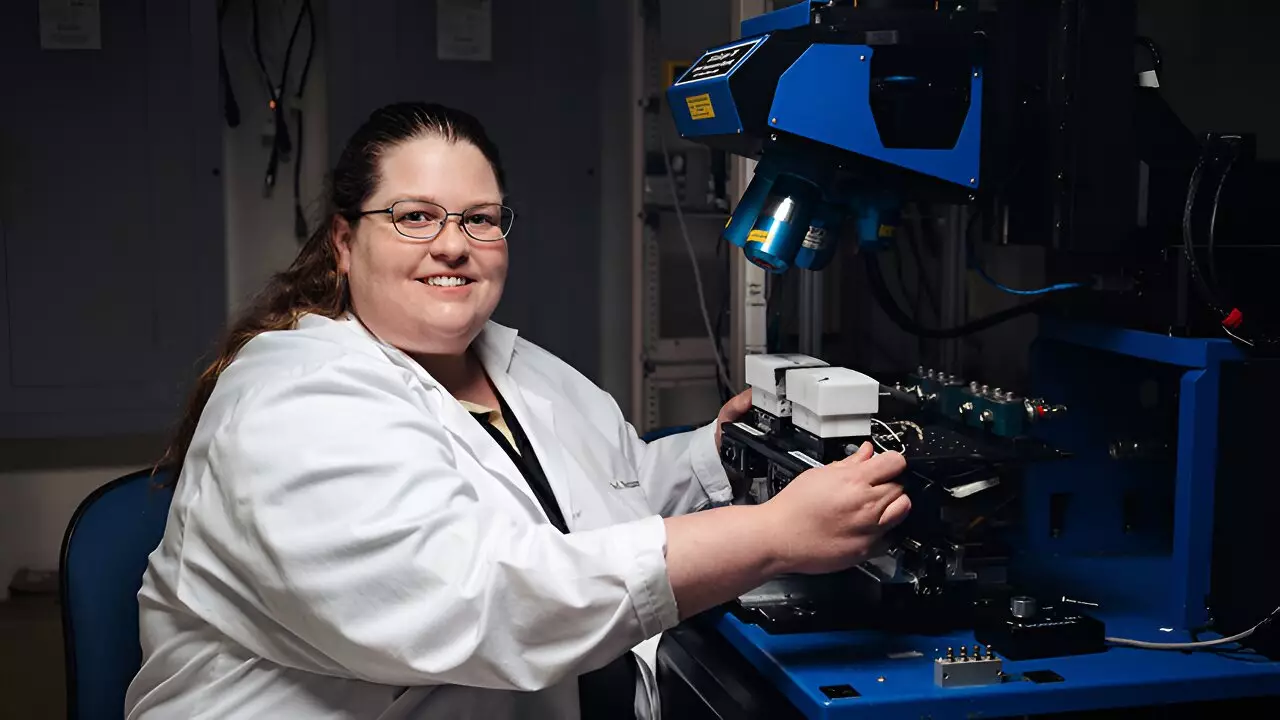The rapid advancement in electronic devices, from smartphones to electric vehicles, has ushered in a new era of technological sophistication. However, with this progress comes a significant challenge: managing the heat generated during operation. Understanding the intricacies of heat production and dissipation is essential for enhancing device performance, longevity, and user safety. This article explores the crucial work being done by researchers in thermal management, particularly focusing on the innovative strategies being developed to address these issues.
As electronic devices become more powerful, the heat they generate also escalates. Every operation, from the simple act of streaming a video to the complex computations in gaming platforms, results in temperature fluctuations that can compromise device efficiency. According to Amy Marconnet, a mechanical engineering professor at Purdue University, the main objective in this field of study is to improve thermal management systems to allow electronics to operate under higher thermal loads without performance degradation. With tighter limitations on temperature ranges, especially in wearable technology that interacts closely with users, the need for effective cooling solutions becomes even more critical.
Innovative Cooling Techniques: A Dive into Phase Change Materials
One avenue of research that Marconnet is pursuing involves phase change materials (PCMs). These materials have the remarkable ability to absorb or release heat during phase transitions, either from solid to liquid or vice versa. This property makes them exceptionally effective as a thermal management solution. For example, in practical applications, such as virtual reality (VR) headsets, PCMs can absorb excess heat during intense usage, allowing for a more comfortable user experience. When the device is recharged, the PCM solidifies, ready to effectively manage heat during subsequent use. This dual action—melting to absorb heat and solidifying to release it—underscores the potential of these materials in the evolving landscape of electronic devices.
Research Innovations and Future Possibilities
Purdue’s ongoing research extends beyond just phase change materials. Recent work by graduate student Meghavin Bhatasana has explored the use of metallic alloys as phase change materials integrated into chips. This innovation aims to combine efficiency with compactness, thereby addressing the space constraints often present in modern electronics. Significantly, Marconnet’s past investigations into thermal greases—a critical component in the thermal management of silicon chips—highlight how traditional methods are insufficient for modern demands. The issue with thermal greases, which can degrade over time leading to subpar performance, has pushed researchers to seek faster testing methods to identify effective materials without extensive trial periods.
The Role of Batteries in Heat Production
As devices become more power-hungry, the importance of managing battery heat has also escalated. Marconnet draws a parallel between charging a battery and an incandescent light bulb: both generate useful output but also emit substantial heat. The electrochemical processes involved in charging inevitably contribute additional heat, which must be managed to prevent performance degradation and extend battery life. This is particularly crucial for electric vehicles, where rapid charging technologies increase internal temperatures. By addressing these thermal challenges, researchers like Marconnet and Xiulin Ruan are working towards innovations that not only maintain performance but also enhance the durability of electronic products.
The journey to perfect thermal management in electronics is ongoing, and significant strides are being made at academic institutions like Purdue University. With patents filed for novel insulating and heat-distributing materials, the potential for commercial applications is becoming palpable. The two new papers authored by Marconnet regarding phase change materials signify a push towards more refined cooling solutions that could transform how devices are designed and utilized.
As technology continues to advance, the insights from this ongoing research will play a pivotal role in shaping the future of electronics, ensuring they remain effective, efficient, and user-friendly. Ultimately, the collaboration between engineers and material scientists holds the key to overcoming the thermal challenges that threaten to stall the development of next-generation electronic systems.


Leave a Reply